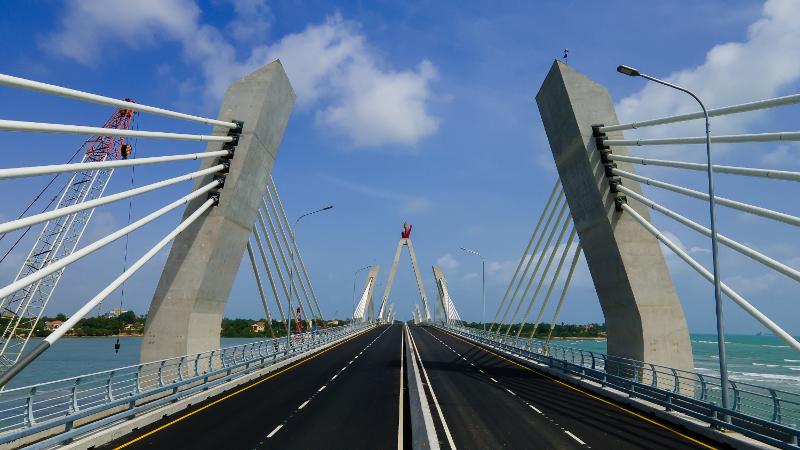
Korea's contribution to multilateral aid last year reached USD 830 million (KRW 1.1 trillion), a 41.9% rise from the previous year. Shown above is the New Selander Bridge in Tanzania, often cited as an exemplar of official development assistance (ODA). (Republic of Korea's ODA)
By Margareth Theresia
Korea's contribution to multilateral aid last year reached USD 830 million (KRW 1.1 trillion), a 41.9% rise from the previous year. The figure accounts for 26.7% of the total official development assistance (ODA) of USD 3.13 billion set aside last year.
According to the government's general plan for implementing international development cooperation, the World Bank and regional development banks' investments in low-income and vulnerable countries' responses to COVID-19, and developing countries' economic recovery increased 59.4%, while donations rose 18.8%, which is the reason for the surge in multilateral aid.
Multilateral aid is a way for donor countries to indirectly aid recipient countries via donations or investments to international organizations.
The expansion of multilateral aid helps not only the economies of developing countries, but also boosts Korea's standing in the international community. With the exception of the U.N., multilateral organizations set up shares by each country and operate and receive investments based on those shares. The investment shares are directly related to voting rights.
The government will expand next year's ODA budget to KRW 6.79 trillion, up KRW 534.3 billion from this year, so that Korea can play a more responsible role as a global pivotal state.
margareth@korea.kr
Most popular
- Korea.net welcomes 2025 K-influencers, Honorary Reporters
- 2025 Honorary Reporter class pledges to spread 'real Korea' worldwide
- US urged to exempt tariffs on Korea in first '2+2' trade talks
- Slew of festivals, events scheduled in downtown Seoul in May
- Korean culture festival in Cuba marks 1st year of bilateral ties
